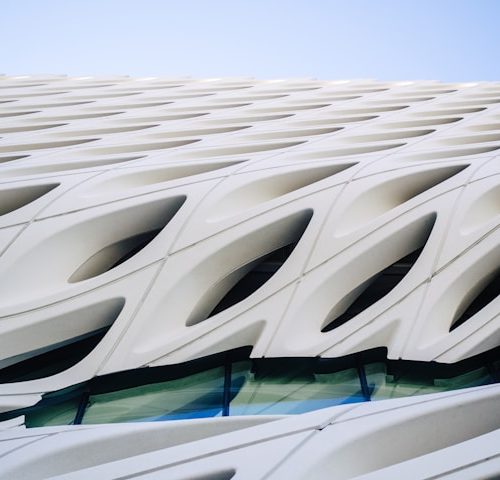Circular Design: Repurposing the City
The scarcity of resources alongside the environmental crisis is opening space for innovative processes and effective use of materials. Even more, as our cities grow denser, we are beginning to talk more critically about the way we use space. We live in an ecological debt driven by overpopulation, and our resources, space and time are running low. Circular design has become the pinnacle of this conversation as it reshapes the way we produce, discard and occupy.
We live in a world flooded with trash. Discarded materials and short-lived products dwell in the corners of the cities, in the depths of the ocean, and pretty much everywhere else. In fact, the Global Footprint Network has warned that, at our current consumption rate, “it now takes the Earth one year and six months to regenerate what we use in a year.” This has pressed manufacturers to come up with programs that close the loop by repurposing waste. Circular design is leading zero waste initiatives, and although we mainly associate it with product development, it is now being applied in urban design.
CIRCULAR DESIGN
Circular design is a closed-loop model that, as opposed to linear design, is oriented to keeping materials in use by repurposing waste and contamination. The architecture design hub UNStudio defines circular design in their website as a “holistic process of design, evaluation and future changes to the initial design that explicitly values the re-use of materials and materials which are suited for repeated re-use.” In this way, circular design is not only highly efficient and performative-oriented, but it also requires disruptive technology and great creativity to translate waste and surplus into functional objects and installations.
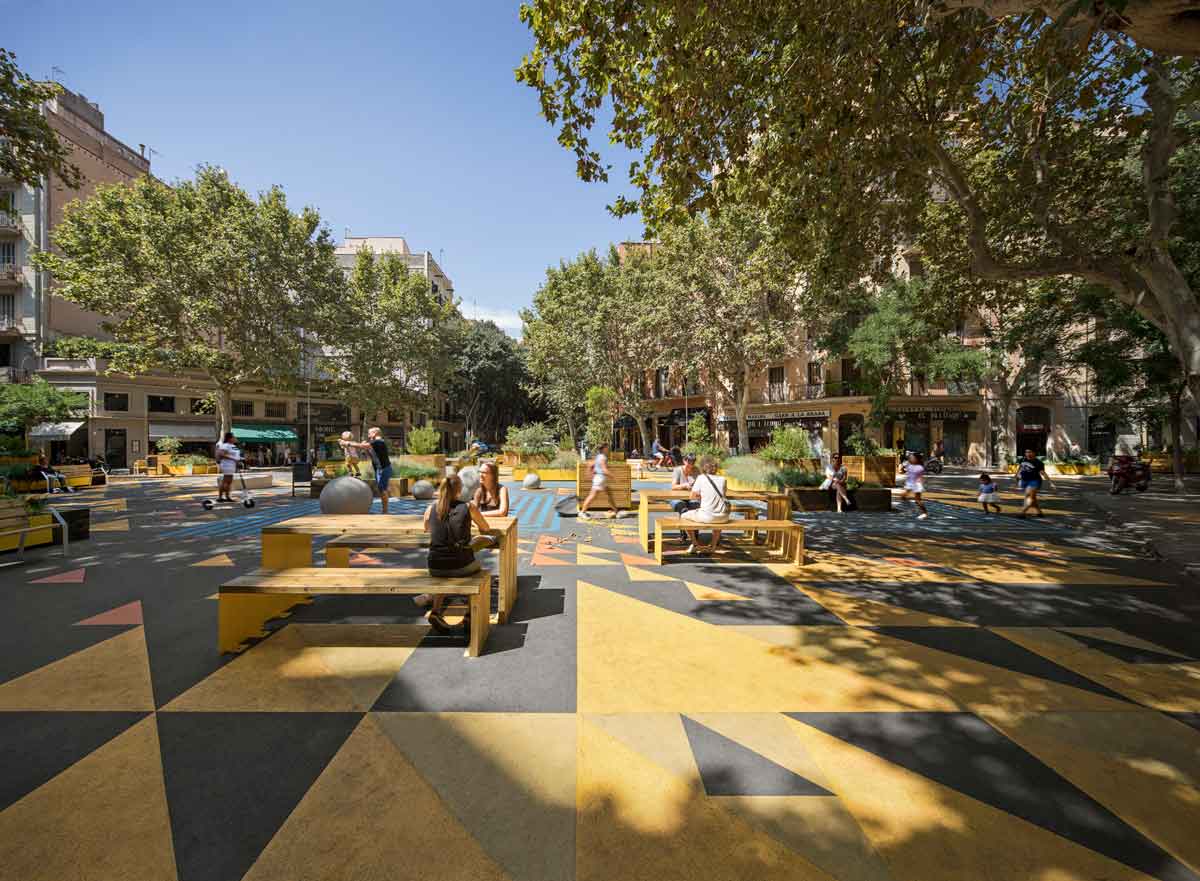
Superblock of Sant Antoni © Del Rio Bani
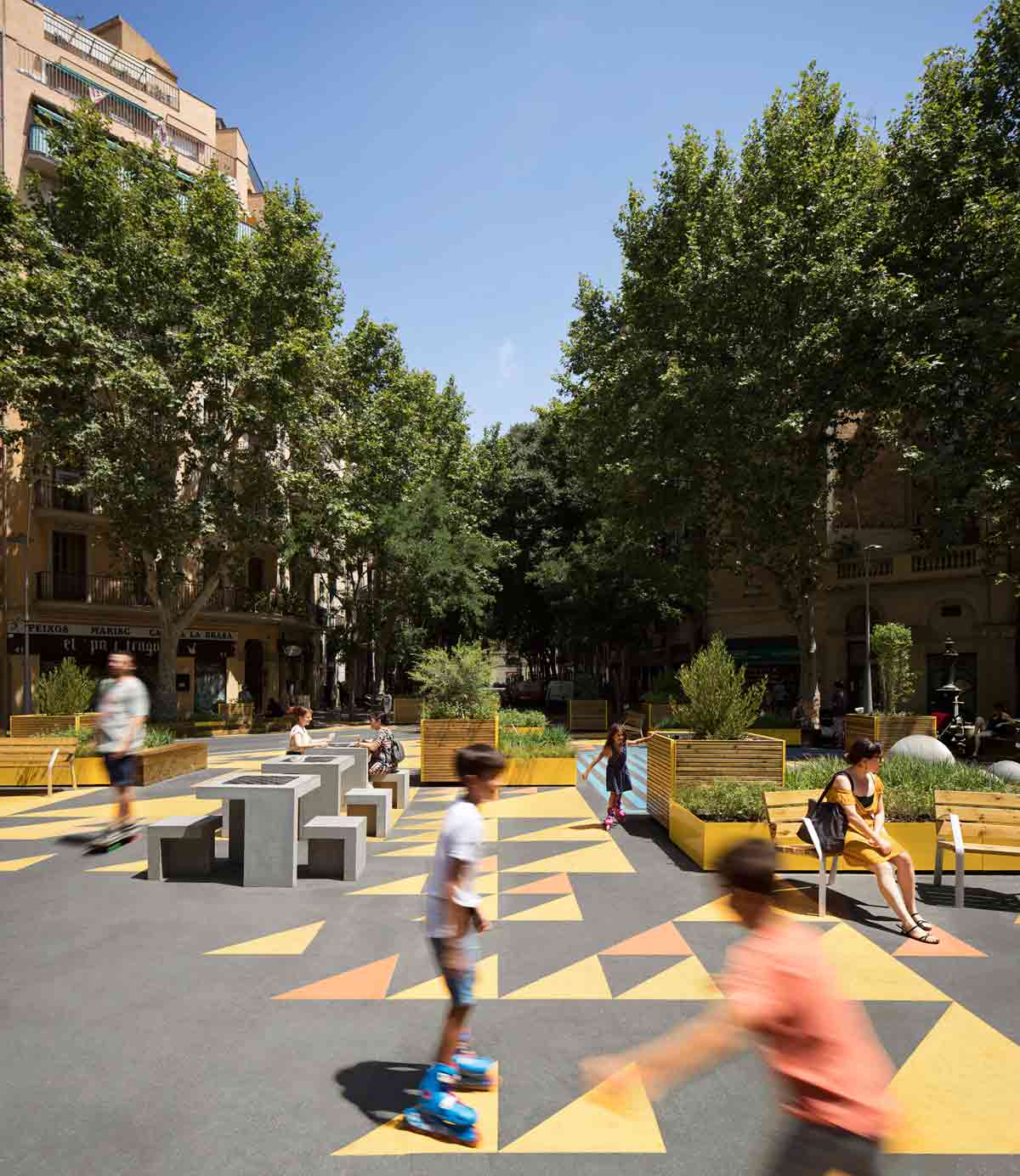
Superblock of Sant Antoni © Del Rio Bani
This new approach to planning and designing overcomes our lethal obsession for growth and expansion of the city, and establishes healthy urban initiatives where resources are effectively managed, space is reclaimed and waste is repurposed. Circular design, essentially, redefines the boundaries of waste where it is no longer waste but a fundamental part of planning and, even more, a valued material.
The model of circular design in urban planning can take the form of green energy; repurposed materials for construction; employment of 3D printing; auto regenerative soil models; spaces free of air pollution, among others. An instance of an emerging project applying the concept of repurposing, which is often used to refer to the upcycling of materials, to urban space is the Superblock project.
The Superblock project by Leku Studio (2019) repurposes the urban space of Barcelona, a dense city that hosts mountains of concrete. Superblock was conceived to curb air and noise pollution while responding to the lack of green spaces for social gathering. The project is turning busy roadways into long streets filled with urban furniture that uses eco-materials. In total, the program aims at creating 503 superblocks that will eventually connect one another. The furniture is removable and can be arranged continuously. In this way, the project defines urbanisation as reversible, adaptable and able to recycle landscapes.

Village Underground Lisboa © Nashdoeswork
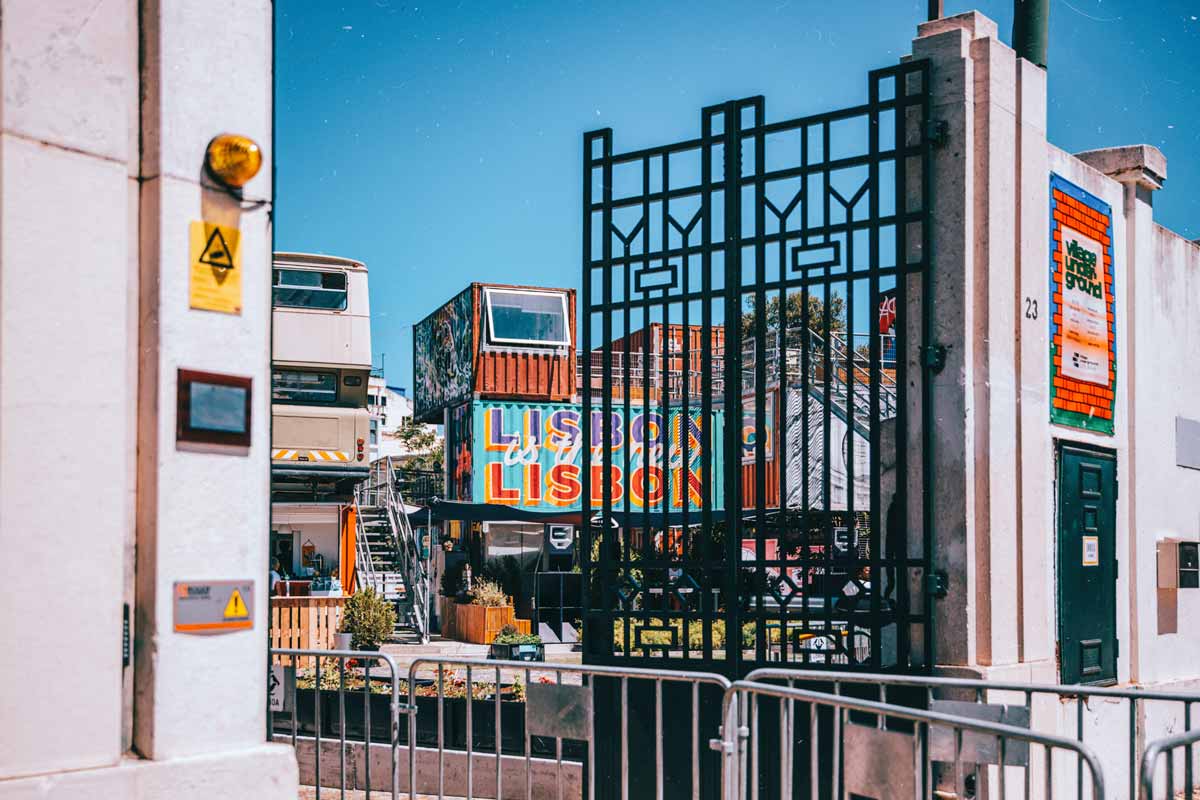
Village Underground Lisboa © Nashdoeswork
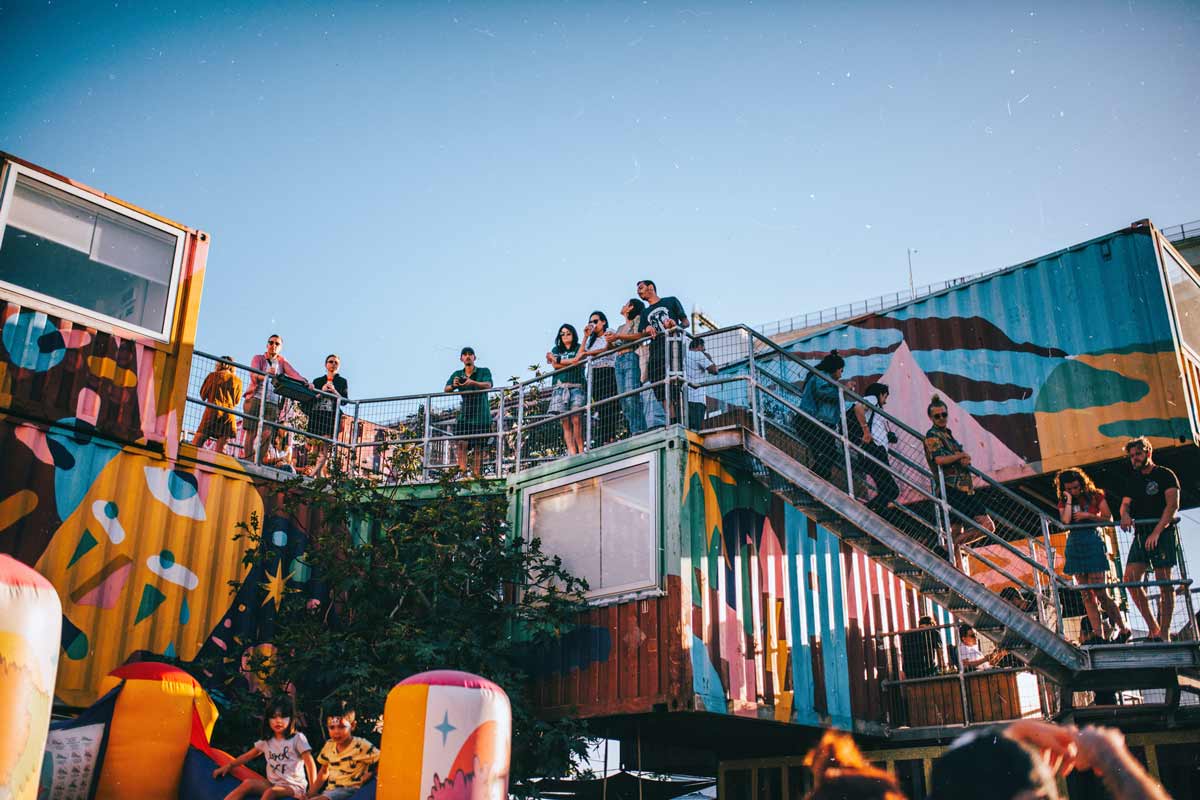
Village Underground Lisboa © Nashdoeswork
The Village Underground Lisboa (2014) is an example of implementing adaptable materials and upcycled infrastructure in urban models. The village is a certified incubator that welcomes the creative community and, thanks to its unique architectural structure, it has become a landmark in the city. The co working space uses shipping containers, decker buses and recycled materials to make office spaces, a restaurant and a conference room. It does not only host the creative community but its colourful and repurposed containers make it a great location for events and cultural development.

De Ceuvel © De Ceuvel Instagram
De Ceuvel in Amsterdam (2012), on the other hand, is a cafe that serves as a “playground for sustainable technologies,” as they assert. Built on a former industrial plot, the site features solar power and soil-cleaning plants. De Ceuvel is set to become fully circular and it promotes the adoption of a circular economy by offering inexpensive workshops to creative entrepreneurs with similar goals. The project’s agenda strives for a more integrated city where greener buildings and processes of regeneration can adapt to the changing circumstances of the environment.
Models of circular design are challenging the traditional approach to urbanisation which has not only been fixed and static, but also linear. Circular design, on the other hand, reclaims urban sites; transforming it into fluid spaces that mediate the necessities of the society in relation to the planning of the city. It, more importantly, highlights the importance of managing resources collectively whilst allowing businesses to engage with communities. The Superblock, the Village Underground Lisboa and De Ceuvel are examples of how urban design not only responds to social needs, but also, forges spaces for ambiental regeneration and collective awareness and, ultimately, integrated coexistence.
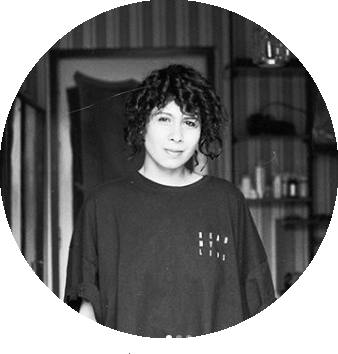
+ Words: Alejandra Espinosa, Luxiders Magazine Editor
Liberal Arts graduate | Berlin-based writer
Find her on LinkedIn



